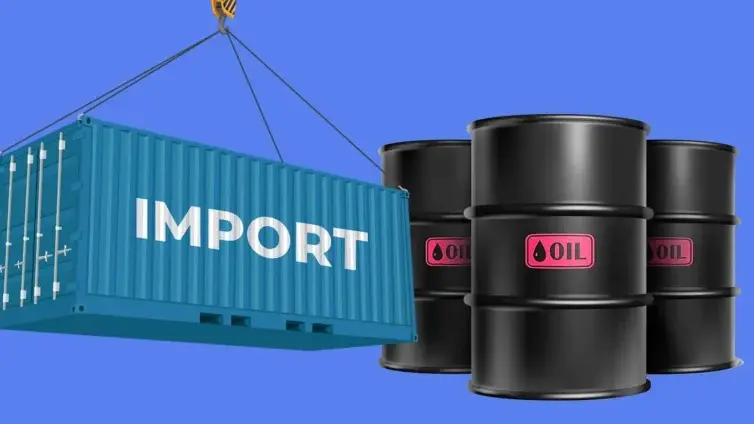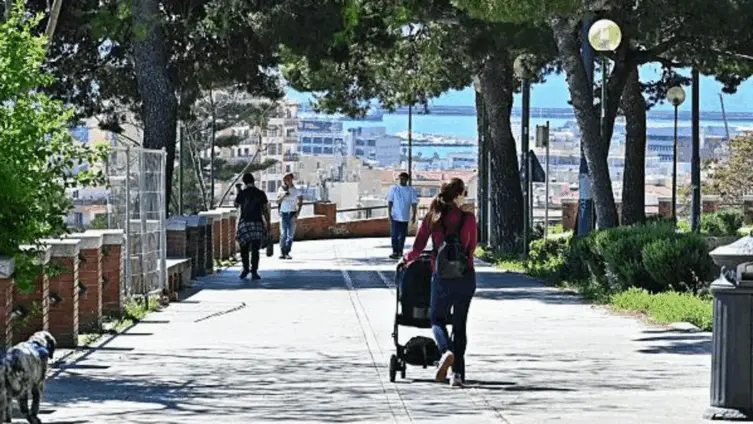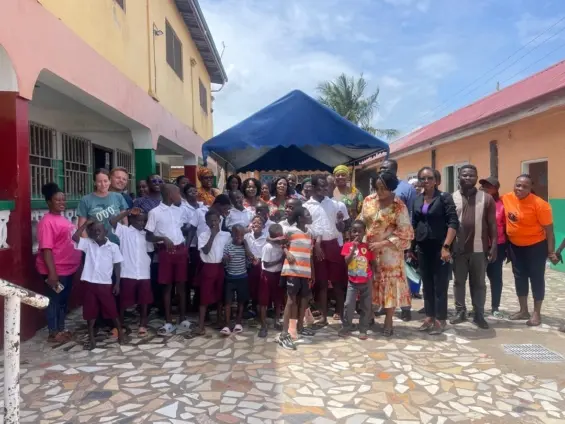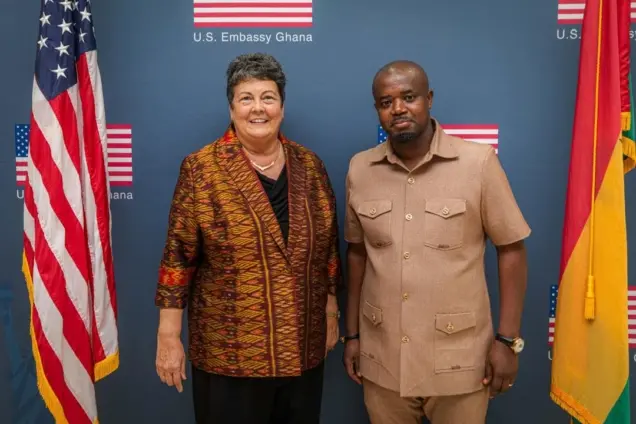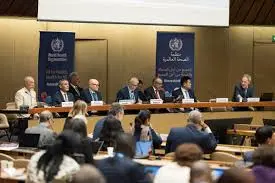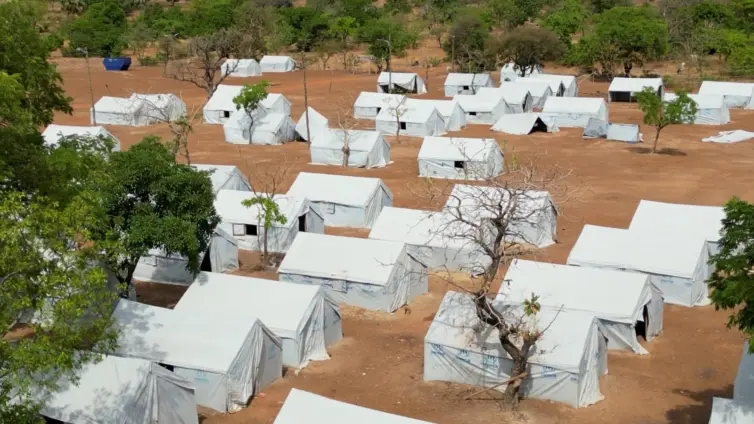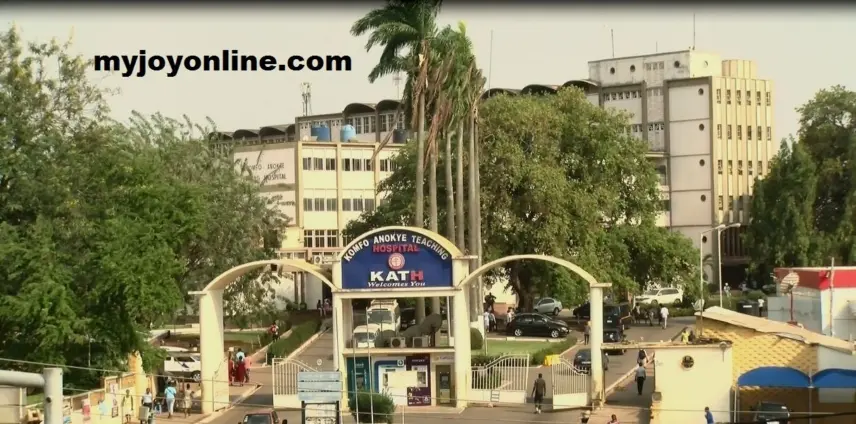The debate ignited with President Cyril Ramaphosa’s recent characterization of white South Africans emigrating to the United States as “cowards.” This statement has become a flashpoint, stirring the complex emotions surrounding land reform, historical injustices, and persistent allegations of racial discrimination that continue to shape South Africa. The controversy has brought forth deep-seated tensions and prompted a critical examination of the motivations behind the emigration, the reactions to offers of refuge, and the wider implications for South Africa’s social and political stability.
Ramaphosa’s comments came amidst ongoing discussions about land redistribution, a deeply sensitive issue rooted in the country’s history of apartheid, where the majority of the land was owned by a minority white population. This historical imbalance continues to fuel tensions, especially as the government considers ways to address these inequities.
The emigration of white South Africans, particularly Afrikaners, to the US is driven by a complex set of factors. Concerns about safety, economic opportunities, and the potential impact of land reform policies all play a role. These concerns gained international attention when then-President Donald Trump offered refugee status to a group of Afrikaners, citing racial discrimination as the primary reason for their vulnerability.
Ramaphosa disputes Trump’s assessment, suggesting that those who choose to leave are essentially abandoning the challenge of building a more equitable South Africa. He views the emigration as a lack of resilience and commitment to solving the country’s problems. He has been quoted saying, “As South Africans, we are resilient. We don’t run away from our problems. We must stay here and solve our problems.”
The issue of land reform is central to the anxieties driving emigration. Decades after the end of apartheid, unequal land distribution persists, with white farmers continuing to own a majority of the most productive farmland. In an effort to address this, the government has explored policies that could allow for the seizure of land without compensation under specific circumstances, although officials maintain that this has not yet occurred.
The characterization of emigrants as “cowards” quickly sparked a backlash, particularly on social media, where many viewed the remark as an insult to white South Africans who feel aggrieved and threatened. The remark ignited varied opinions and strong reactions from different groups across the social media sphere.
In response to concerns, top US officials have welcomed Afrikaners, asserting that they have been “living under a shadow of violence and terror.” Deputy Secretary of State Chris Landau extended a warm greeting, stating, “Welcome to the land of the free.” This open-door policy highlights the contrasting perspectives between the US and South Africa regarding the circumstances and treatment of Afrikaners.
The US Embassy has outlined specific criteria for Afrikaners seeking refugee status, including South African nationality, Afrikaner or racial minority status, and evidence of past persecution or a well-founded fear of future persecution.
The controversy extends beyond domestic politics, with Trump threatening to boycott the G20 summit in South Africa unless the “situation is taken care of.” This threat underscores the international implications of the issue and the potential for diplomatic friction between the two countries.
Ramaphosa intends to meet with Trump to address the US assessment of the situation. These discussions will be critical in bridging the divide and finding common ground on the issues at hand.
The heart of the controversy is the complex interplay of race, land ownership, and historical grievances in South Africa. The incident has brought into stark relief differing perceptions of the issues, requiring ongoing dialogue and greater understanding. Future discussions between South Africa and the US, particularly concerning Trump’s statements and the G20 summit, will be essential in shaping their relationship and tackling the core challenges driving this contentious debate.
Image Source: MYJOYONLINE


